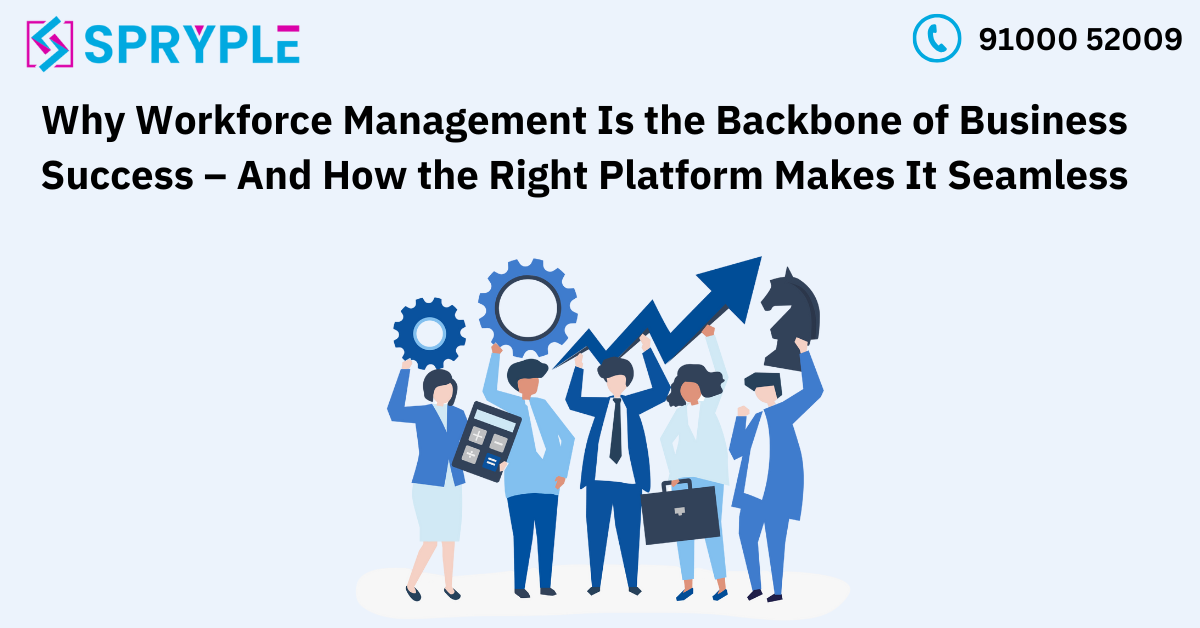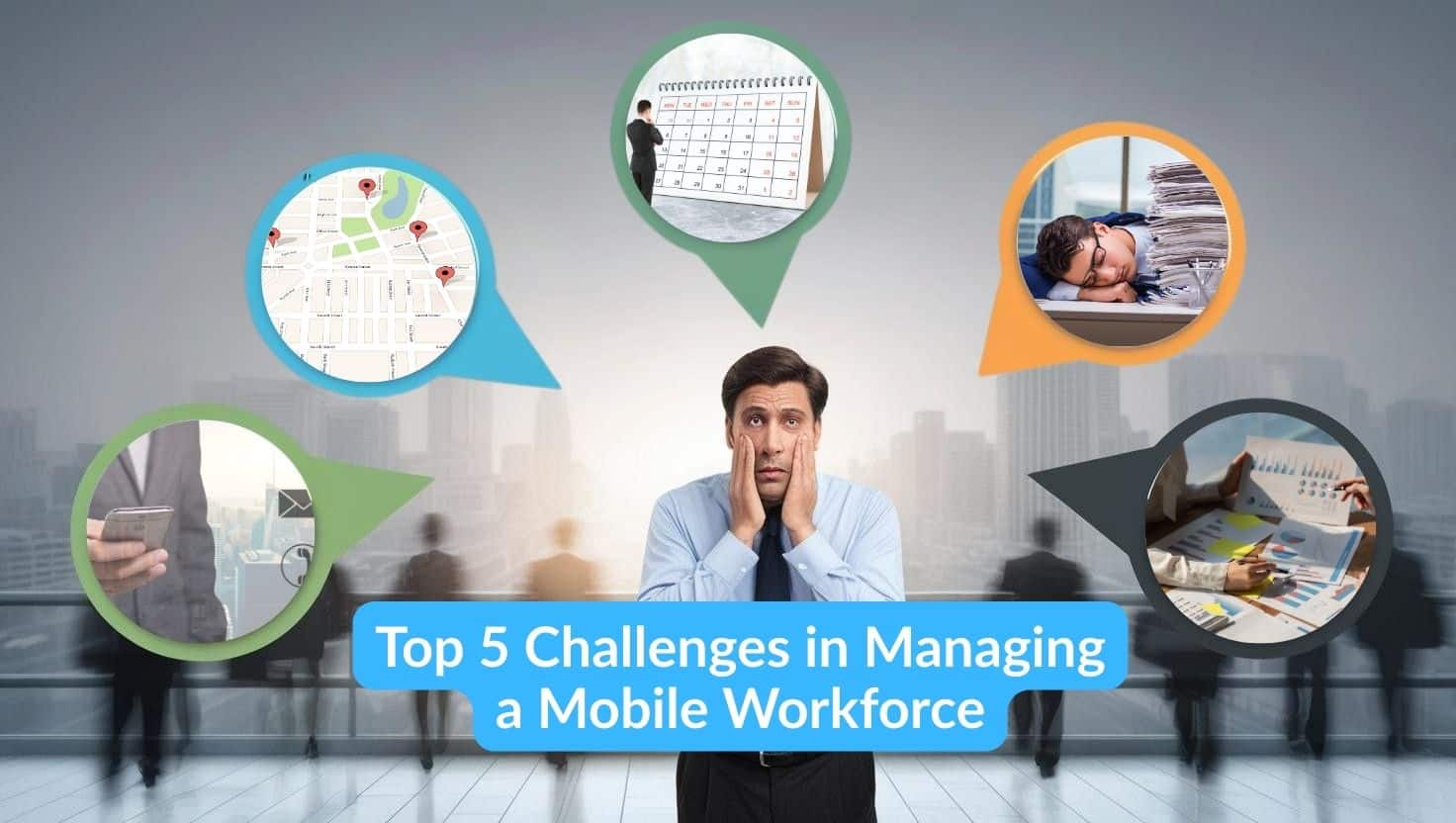
Geo-Fencing vs. GPS Tracking: Choosing the Right Tool for Your Field Teams Tracking
Nobody tells you how much guesswork goes into managing field teams until you’re drowning in it.
Three jobs are behind schedule. A customer is swearing that your tech never showed up. The constant anxiety of not knowing if everyone made it through the day safely.
After ten years managing crews across construction sites, I’ve learned the hard way what works and what backfires when it comes to tracking field staff.
Geo-Fencing vs. GPS: Cutting Through the BS
Let’s skip the technical jargon and talk about what these tools actually do in the real world.
Geo-fencing is basically a digital tripwire around important locations. When someone crosses it, something happens automatically. Usually, it’s logging arrival and departure times without anyone having to remember to clock in.
It’s like having a punch clock that nobody can forget to use.
GPS tracking shows you exactly where everyone is at all times. Not just when they arrive somewhere, but their entire journey, every stop, and how fast they’re moving.
Both sound useful on paper. Both can be disasters in practice if you don’t understand what you’re really getting into.
The Unvarnished Truth About Geo-Fencing
The good: It’s automated attendance tracking without the creepy factor. You know when people arrive and leave job sites, but you’re not watching their every move.
The bad: Setting up those digital boundaries takes time, especially if you work in residential services where every job is at a different address.
The ugly: In areas with spotty cell service, check-ins can fail or delay, causing false alarms about no-shows.
One construction company tried a fancy geo-fencing system that cost thousands. After three months, they realized a simpler approach with just site entry/exit tracking solved 90% of their problems at a fraction of the cost.
Hard Truths About GPS Tracking
The good: You’ll never wonder where anyone is again. Dispatching becomes more efficient. You can prove to angry customers that yes, your tech was there for the full hour.
The bad: Battery drain is real. Workers forget to charge phones, then disappear from your tracking system, causing panic.
The ugly: The trust factor. Even your best workers feel micromanaged when they see that blinking dot following them around. One HVAC company lost three veteran techs after implementing full GPS tracking without proper communication.
Geo-Fencing vs. GPS: A Side-by-Side Breakdown
| Factor | Geo-Fencing | GPS Tracking |
|---|---|---|
| Accuracy | 3–5 meters (with WAAS) | Centimeter-level precision (ideal conditions) |
| Battery Impact | Low (passive) to Moderate (active) | High (constant satellite communication) |
| Privacy Perception | Less intrusive (boundary-specific) | Often seen as invasive (24/7 monitoring) |
| Cost Efficiency | Lower (event-driven data) | Higher (continuous data streams) |
| Best For | Fixed sites, automated alerts | Mobile teams, detailed analytics |
Addressing Privacy and Trust Concerns Of Your Field Staff
Privacy remains a top concern for employees subjected to location tracking. Transparency and clear communication are critical to maintaining trust:
For Geo-Fencing:
- Emphasize boundary-specific monitoring: “Tracking activates only within designated work zones.”
- Highlight safety benefits: “Alerts ensure you’re notified if someone enters a danger area.”
For GPS Tracking:
- Limit tracking to work hours: Disable monitoring outside shifts to respect personal time.
- Offer opt-out periods: Allow drivers to pause tracking during breaks to reduce resistance.
Proven Strategy: Companies that involve employees in policy design report 50% fewer privacy complaints. Workshops or surveys can uncover concerns before implementation.
Overcoming Technical and Operational Hurdles
Battery Drain Solutions
- Geo-Fencing: Prioritize Wi-Fi or cellular data modes for routine monitoring. Reserve GPS for critical alerts.
- GPS Tracking: Use motion-activated updates (e.g., polling every 10 minutes) instead of continuous tracking.
Cost Management
- Geo-Fencing: Beware of hidden fees for custom zones or multi-location setups.
- GPS Tracking: Negotiate bulk data plans or tiered pricing to avoid bill shocks when scaling.
Case Study: A mid-sized logistics firm reduced monthly costs by 30% by switching to a hybrid model. Geo-fencing handled depot check-ins, while GPS tracked only high-priority deliveries.
What Actually Matters for Different Problems Of Your Field Staff
If you’re losing money on padded timesheets: Geo-fencing at job sites is enough. You’ll typically find you’ve been paying for 10-15% more hours than actually worked. Not necessarily because people are dishonest, but because everyone rounds up. Twenty minutes becomes thirty, forty-five becomes an hour.
If customer complaints about no-shows are killing you: Geo-fencing with automatic customer notifications works wonders. When the tech arrives, the customer gets a text. Complaints about missed appointments typically drop by 60-80%.
If worker safety keeps you up at night: GPS has saved lives, especially for lone workers in remote areas. One utility worker slipped down an embankment and couldn’t reach his phone. When the system flagged that he hadn’t moved for 45 minutes during an active job, help was sent.
If fuel costs are crushing your margins: Full GPS with route analysis can cut mileage by 15-20% by identifying more efficient routes and reducing backtracking. This is very essential if you have a field force on constant move.
The Part Nobody Talks About: Your Team's Reaction
The technology is just wires and code. The human reaction is what makes or breaks implementation.
The worst approach: Surprise everyone with new tracking technology without explanation. Watch morale plummet as everyone assumes you don’t trust them.
What actually works: Talk to your team first. Explain the specific problem you’re trying to solve. Ask for input. Run a pilot program with volunteers. Be transparent about what’s being tracked and why.
A plumbing company tried GPS tracking without warning their techs. Two weeks of rebellion followed. When they paused, explained it was to help with faster dispatching to emergency calls and proving work completion to demanding customers, the same team volunteered to try again with clearer boundaries.
Bottom Line: What's Actually Worth Your Money
If you just need to know when people arrive and leave job sites, geo-fencing is enough. It’s less intrusive and solves most timesheet problems.
If you dispatch emergency services or manage a delivery fleet where route efficiency is critical, GPS tracking pays for itself despite the higher cost and potential pushback.
Many companies end up with a hybrid: geo-fencing for normal operations, GPS activated only during specific situations like emergency response or when working in dangerous locations.
Whatever you choose, remember: Technology doesn’t fix poor training, unclear expectations, or bad hiring decisions. It’s a tool to make good management better, not a replacement for it.
After years of trial and error, most field managers discover that the best system isn’t necessarily the most advanced—it’s the one that solves real problems without creating new ones.













